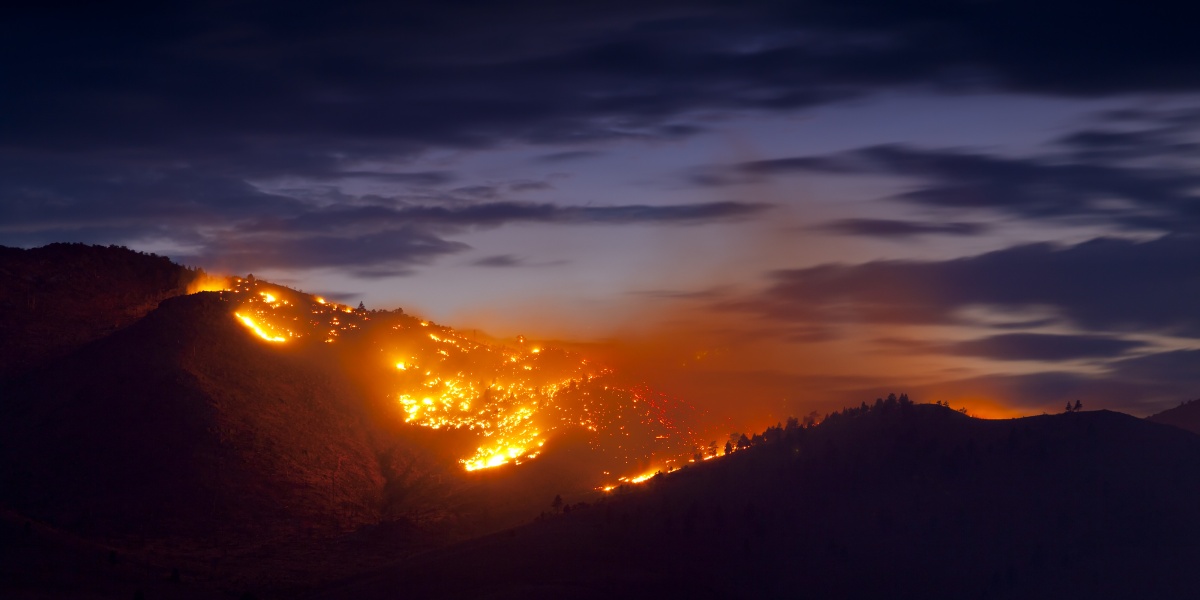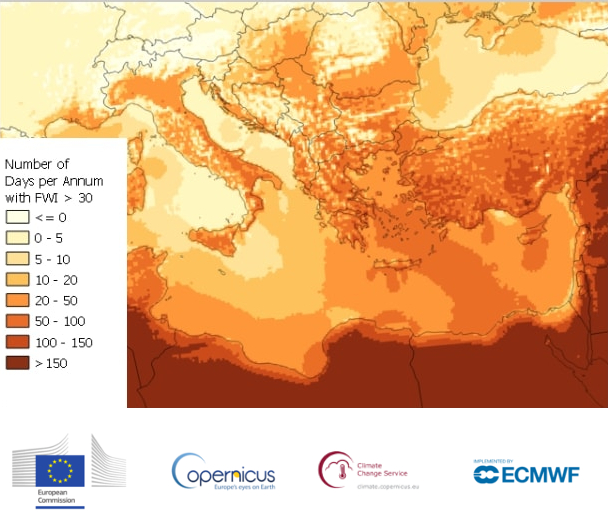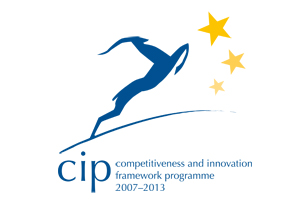Climate plays an important role in the global tourism industry. Environmental factors are already affecting visitor flows and behaviour, particularly in coastal areas where beach holidays are most sensitive to changing weather patterns. Numerous studies have shown that tourists are primarily motivated by weather conditions – including wind, air temperature and rainfall – when choosing both their destination and time of travel. These trends also have an effect on the competitiveness of businesses that are active in the sector.
Knowledge Networking Portal for Sustainable & Responsible Tourism










 Copernicus climate data boosts Europe's tourism sector
Copernicus climate data boosts Europe's tourism sector
The Copernicus Climate Change Service (C3S) has commissioned a demonstrator project that will show the European tourism sector how to adapt to shifting trends in holiday travel due to the changing climate. Through the new Climate Data Store, a free operational service will ultimately deliver an interactive Web interface with pan-European data that allows users to find information on subjects ranging from forest-fire risk to locational suitability for a summer vacation.
“Changes in the weather patterns and climate may have an impact on the suitability of tourist locations,” says Carlo Buontempo, Sectoral Information System Manager for the ECMWF-run Copernicus Climate Change Service. “It is clear that having an environment where you feel comfortable affects the likelihood of you travelling there.”
Through its data collection, monitoring and analysis activities, the Copernicus programme supports the tourism industry by providing critical indicators and indexes for the assessment and planning of seasonal activities. This includes the monitoring of snow cover for skiing holidays and ocean water quality for beach vacations. Copernicus also supplies forecast data for forest fires, which can have a devastating effect on tourism and national economies.

Wildfires have wreaked havoc across Europe during the recent heatwave.
“We have seen what happened with forest fires in Portugal last year, in Russia a few years ago, not to mention the current wildfires in Greece and Scandinavia,” Buontempo says. “It is difficult to predict where fires will occur, but you can have an educated guess at the likelihood of a fire becoming significant. In that sense, there are pockets of predictability in Europe that can be exploited.”
Last year, C3S commissioned Marseille-based TEC Conseil to develop the C3S European Tourism service with 12 institutional partners from 11 European countries. TEC Conseil engaged with the tourism sector to assess its needs with regard to climate impact indicators, essential climate variables and socio-economic data. By March 2019, it will provide a user-driven climate information system for intermediaries, tourism companies, policy makers and other users, based on information from the Climate Data Store.
“We are now in the second stage of the contract,” says Adeline Cauchy, project manager at TEC Conseil. “We are developing the components of the demonstrator – tourism applications, case studies and training material – in constant interaction with our set of users.”
The French company is assessing the risk of forest fires in Europe with the help of the Fire Weather Index (FWI), the most widely used meteorology-based indicator for estimating fire danger. Developed in Canada, it takes into account the moisture content of the available fuel (litter and organic substances, for instance), and fire-behaviour indices that reflect the spread rate, fuel consumption and intensity of a fire if it were to start. The European Commission’s Global Wildfire Information System, jointly produced with ECMWF, provides global FWI forecasts and includes historical FWI calculations based on observations and climate models.
“Climate models indicate an increase in fire risk and an elongation of the fire season,” says Christos Giannakopoulos, research director at the National Observatory of Athens (NOA), which manages and supplies data for the FWI in Europe. “It will be important for the tourism industry to plan for the long term, taking into account this elevated future risk.”

The Fire Weather Index (FWI) gives an indication of the risk of a wildfire starting in a certain area based on observations and climate models. (Credit: Copernicus Climate Change Service, ECMWF.)
NOA’s task is to apply this index to Europe both using seasonal weather forecasts and longer-term climate model projections, according to Giannakopoulos. NOA’s case studies will mainly focus on Portugal and the Greek island of Crete.
TEC Conseil is also applying the Holiday Climate Index (HCI) throughout Europe to help the tourism sector shape marketing strategies and plan future investments or seasonal events. Taking into account the varying requirements for two main tourism segments – urban and beach – the HCI uses daily data to estimate the probability of preferred and unacceptable conditions. The index, which has both long-term (climate) and short-term (seasonal) versions, combines factors such as temperature, relative humidity, precipitation, cloud cover and wind.
For more information on sectoral engagement with C3S, please click on the following link:
|
|
|
| Concerned URL | https://climate.copernicus.eu/copernicus-climate-data-boosts-europes-tourism-sector-0 |
|---|---|
| Address | |
| Keywords | climate, tourism |
| Target group(s) | Destinations , Businesses , Travellers , Education, Research, Consultancy , NGOs, Partnerships, Networks , Governments & Administrations |
| Topics | Climate Change - Energy and Resource Efficiency |














































